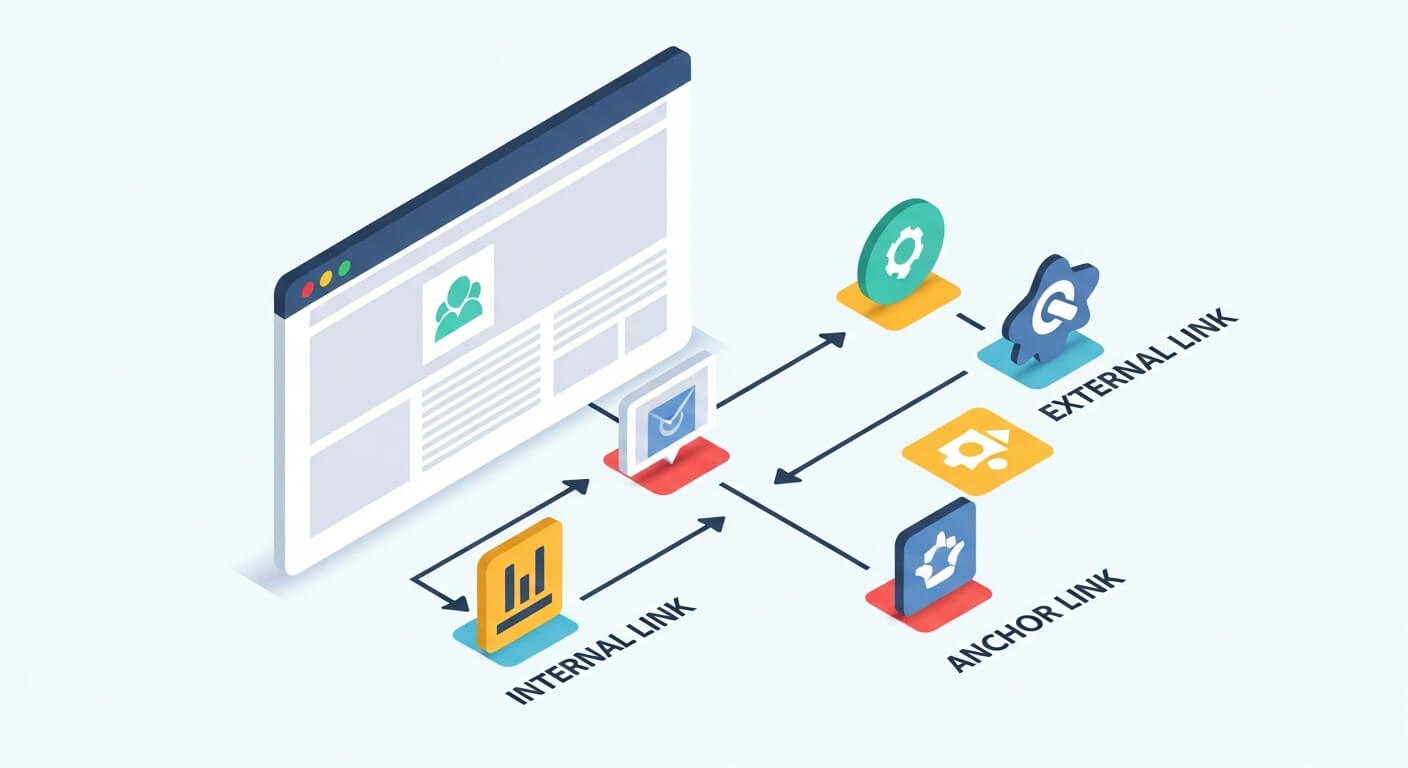In the digital world, understanding what is a link on a website is crucial for anyone looking to build or manage an online presence. Whether you’re a web developer, digital marketer, blogger, or just a curious user, knowing how links work can dramatically enhance your understanding of how the internet functions.
Read also: CSS Set Width Based on Screen Resolution: 7 Powerful Tips
What Is a Link on a Website?
A link on a website, also known as a hyperlink, is a clickable element—typically text or an image—that takes users from one web page to another. This could be within the same website (internal links) or to a completely different website (external links).
The primary function of a link is to connect web content and enable seamless navigation across the vast web of information online.
Types of Website Links
Understanding the different types of website links will help you implement them effectively.
Internal Links
These link to other pages within the same website. For example, a homepage linking to a contact page.
Benefits:
- Improves user experience.
- Enhances site architecture.
- Boosts SEO by distributing link equity.
External Links
These direct users to a page on a different domain.
Benefits:
- Adds credibility.
- Supports the content with references.
- Signals trust to search engines.
Anchor Links
These direct to a specific section within the same page, often used in long articles or documentation.
Image Links
Clickable images that function the same way as text-based links.
Why Links Matter on a Website
The importance of understanding what is a link on a website goes beyond basic functionality.
Navigation
Links help users move through your website intuitively. Without links, the internet wouldn’t be interconnected.
SEO and Ranking
Search engines like Google use links to discover content and determine page authority. The more quality backlinks a page has, the more likely it is to rank higher.
Learn more from Google Search Central.
User Experience
Good link structure ensures visitors find what they’re looking for without getting lost.
Credibility and Trust
Linking to reputable external sources increases the trustworthiness of your content.
Common Mistakes When Using Links on a Website
Knowing what is a link on a website includes understanding how not to use them.
- Broken links: These frustrate users and hurt SEO.
- Too many links: Overuse makes content hard to follow.
- Irrelevant links: Can confuse readers and lower trust.
- Unclear anchor text: Avoid “click here” — use descriptive words instead.
Best Practices for Adding Links
To get the most out of using links:
- Use descriptive, keyword-rich anchor text.
- Open external links in a new tab for better UX.
- Regularly audit and update broken links.
- Link to authoritative, relevant external sources.
- Maintain a logical internal linking structure.
SEO Benefits of Using Links Strategically
When you understand what is a link on a website, you unlock SEO potential.
- Internal links help spread link equity across your site.
- Backlinks from other sites increase authority.
- Anchor text optimization improves keyword relevance.
Moz has a great guide on link building for SEO that can help deepen your understanding.
Tools to Manage and Analyze Links
Managing links becomes easier with the right tools:
- Ahrefs – Great for backlink analysis.
- Screaming Frog – Identifies broken links and site structure issues.
- Google Search Console – Shows internal and external links to your website.
Final Thoughts on What Is a Link on a Website
A link on a website is more than just a clickable word—it’s the connective tissue of the internet. It guides users, supports SEO, and ensures content is discoverable and meaningful.
By using links wisely, you not only improve your site’s usability but also its visibility and performance in search engines.


Leave a Reply